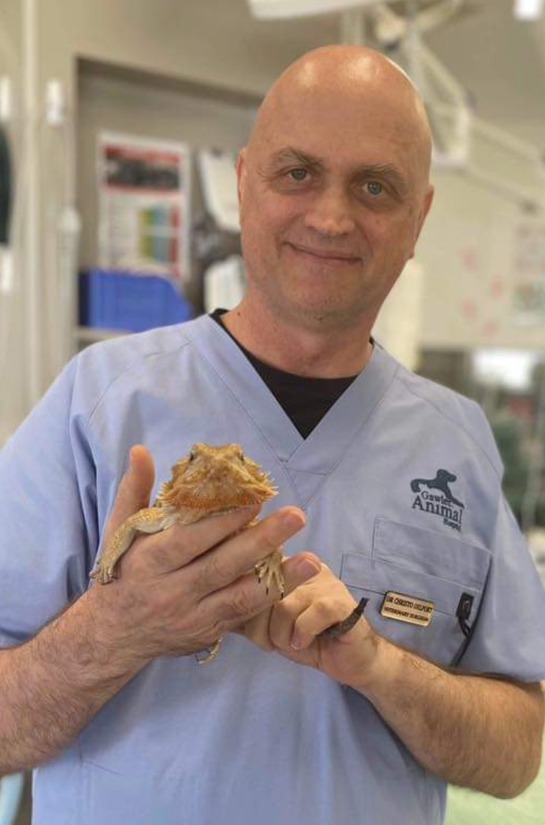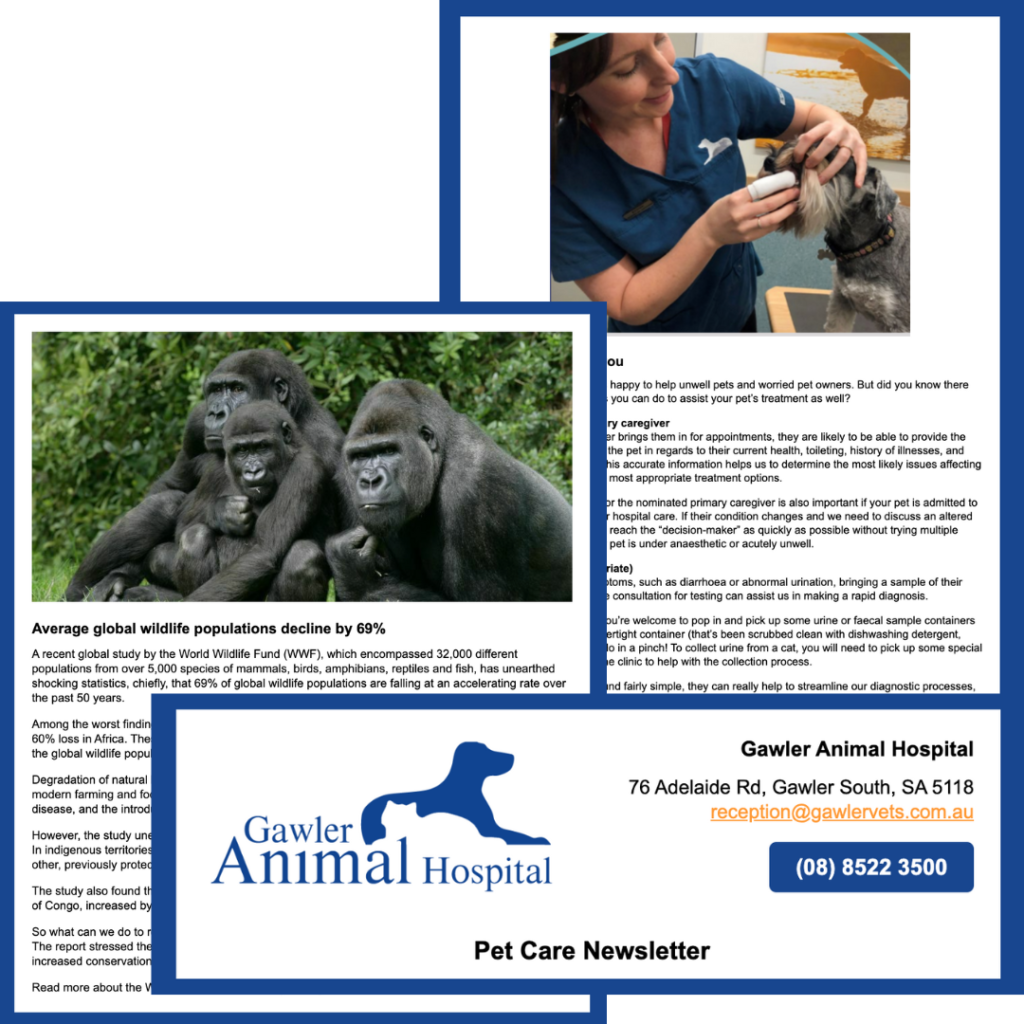Reptile care advice from our very own Dr. Christo
When a reptile comes in for a consult there is something just as important as the clinical examination itself and that is getting a history from the owner. The history would sometimes identify major issues even before the patient is seen!
Part of the history would be about the patient itself – the age, how long it has been with the owner, is it a routine check or if the owner has any concerns. If any concerns are raised questions would be asked about symptoms, duration and possibly lots of other questions depending on the specific case.
Some of the most important questions asked during a consult will not be about the patient itself but about the husbandry. The reason why these questions are so important is the fact that a very large percentage of abnormalities seen in reptiles will be directly related to the way they are kept and fed.
Following are the most frequent questions that I ask about husbandry during a reptile consult:
How big is the enclosure?
What are the temperatures inside the enclosure?
Is a UVB light used?
What is the main diet?
What substrate is used?
The one question that I would like to touch on today is about the temperatures. I say temperatures and not temperature because there should be different temperatures in different areas inside the enclosure. Temperatures will differ between day and night, and also between seasons. We are at the beginning of winter and this is the season when many of my patients would develop problems secondary to temperature issues, especially respiratory infections related to low temperatures.
First, it is important that temperatures are physically measured in the warm and cool areas and also at different times of the day. Usually last thing in the afternoon and first thing in the morning. If we know what the actual temperatures are we can make adjustments where needed. I have seen many patients over the years where simple temperature adjustments made all the difference in the world – in many cases a lifesaving difference.
It is important to have not only the correct temperature but to have the correct temperature gradient for the species. By gradient I mean the correct temperature on the warm side and also the correct temperature on the cool side.
These temperatures are species specific but as a very general rule it would be about 35-40 degrees celsius in the basking spot and 25 degrees celsius or slightly lower in the cool area. The 35-40 degrees celsius mentioned is for the basking spot directly under the heatlamp – not for the whole of the warm side of the enclosure. Make sure to adjust these parameters for specific species if needed – there is a lot of information available on the specifics.
If the temperature in the basking is increased, it is crucial to make sure that the cool side doesn’t get too hot. The temperature gradient is essential. Permanent damage or even death can result if the cool end overheats. It is usually easier to create a gradient in a larger enclosure compared to a very small one.
The materials used in the construction of the enclosure will have a big influence on the temperatures. It would be much easier to maintain higher temperatures in a wooden cage with a glass front compared to a glass enclosure with a mesh top, even if the same setting on the thermostat is used.
Another very important factor to consider is the room temperature. It might be very difficult to keep the warm end warm enough in an icy cold room during winter. It would also be impossible to keep the cool end cool enough in a very hot room during the summer. I often see reptiles with respiratory symptoms that have been kept in the same enclosure with the same thermostat settings for years, but the enclosure has been moved to a cooler room.
To brumate or not to brumate? There are any opinions -some of my clients cool their reptiles down during the winter, some don’t. If you do decide to lower the temperatures during the winter make sure that is species specific. I have seen many reptiles coming from a warm area like Darwin being cooled down in a cold Adelaide winter, which resulted in major issues. If any respiratory symptoms like raspy breathing or bubbles from the nostrils or mouth is seen get the temperatures up and book in for a vet visit as soon as possible.
I do also see some patients with issues where no heat is provided during the night – especially during the winter.
To summarise my blog – physically measure the temperatures in your reptile enclosure, make sure they are species specific and adjust them as needed.
Enjoy your reptiles and may they have a happy and uneventful winter!
Dr Christo


